Yellow leaves on the bottom of bush bean plants
alisande
13 years ago
Featured Answer
Comments (14)
tapla (mid-Michigan, USDA z5b-6a)
13 years agoalisande
13 years agoRelated Professionals
Mount Wilson Landscape Architects & Landscape Designers · Annandale Landscape Contractors · Belmont Landscape Contractors · Essex Landscape Contractors · Harrisburg Landscape Contractors · Holtsville Landscape Contractors · Lake Zurich Landscape Contractors · Newnan Landscape Contractors · Oakland Landscape Contractors · Ridgewood Landscape Contractors · South Lyon Landscape Contractors · Wethersfield Landscape Contractors · Bellmawr Fence Contractors · Lexington Fence Contractors · Norwalk Fence Contractorstapla (mid-Michigan, USDA z5b-6a)
13 years agoalisande
13 years agoalisande
13 years agotapla (mid-Michigan, USDA z5b-6a)
13 years agoalisande
13 years agotapla (mid-Michigan, USDA z5b-6a)
13 years agojojosplants
13 years agotapla (mid-Michigan, USDA z5b-6a)
13 years agoalisande
13 years agoyogasue_99_yahoo_com
12 years agoperiwinkl
3 years ago
Related Stories
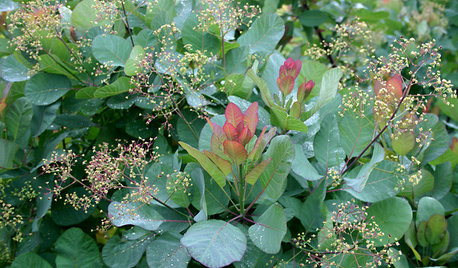
LANDSCAPE DESIGNGreat Design Plant: Old Fashioned Smoke Bush
Balance garden color with this shrub's cool blue-green foliage, luminous when backlit and sporting yellow-green flowers in spring
Full Story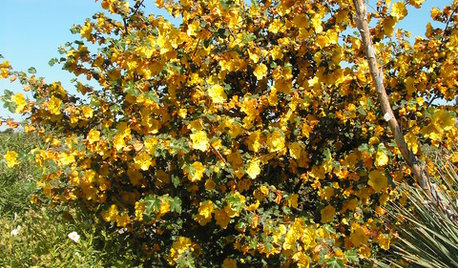
GARDENING GUIDESGreat Native Plant: California Flannel Bush
Forget watering once this bush is established. But the yellow burst in spring and summer, you'll remember
Full Story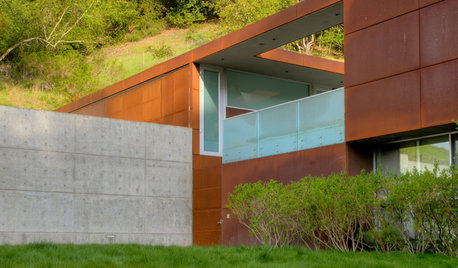
GARDENING FOR BUTTERFLIESGreat Design Plant: Coyote Bush
Remarkably resilient, this coast-happy shrub attracts native wildlife — and its leaves have an unusual attribute
Full Story
GARDENING GUIDES6 Plants That Beat Butterfly Bush for the Wildlife Draw
It's invasive, a nonnative and a poor insect magnet. Check out these better alternatives to butterfly bush in the garden
Full Story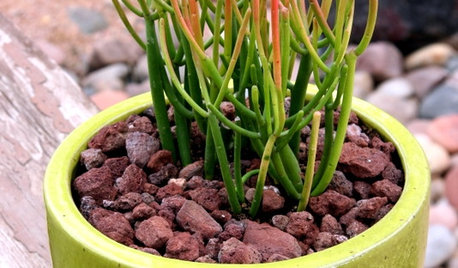
GOLD FOLIAGEGreat Design Plant: Milk Bush
With a rubbery texture and cartoon-like branches, this succulent brings an unusual, exotic energy to landscapes and container gardens
Full Story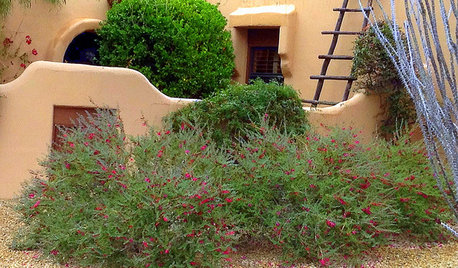
GARDENING GUIDESGreat Design Plant: Valentine Bush for Heartfelt Winter Color
Passionate red flowers from winter through spring add gorgeous color to bare Southwest landscapes
Full Story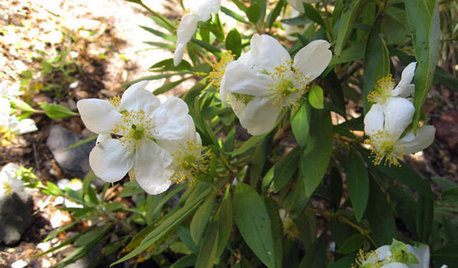
FLOWERSGreat Design Plant: Bush Anemone
Breathe in this shrub's sweet perfume while you're admiring its petite white flowers and the butterflies it brings
Full Story
FALL GARDENING5 Ways to Put Fall Leaves to Work in Your Garden
Improve your soil and yard the organic way with a valuable garden booster that grows on trees
Full Story
SUMMER FRUITS AND VEGETABLESSummer Crops: How to Grow Beans
Grow your own beans for amazing variety and healthy, convenient produce all summer
Full Story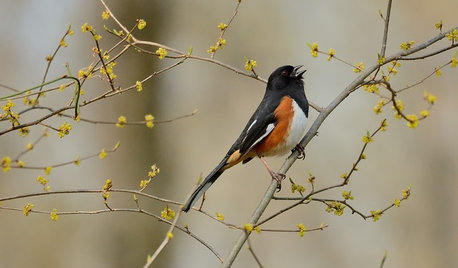
GARDENING GUIDESGreat Design Plant: Lindera Benzoin Offers 3-Season Interest
Support wildlife and enjoy the aromatic leaves of this U.S. native also known as spicebush, Benjamin bush and spicewood
Full StoryMore Discussions









tapla (mid-Michigan, USDA z5b-6a)